The citizen science app, now available in eight languages, uses input from the public to identify kilonovae, neutron star mergers that create black holes.
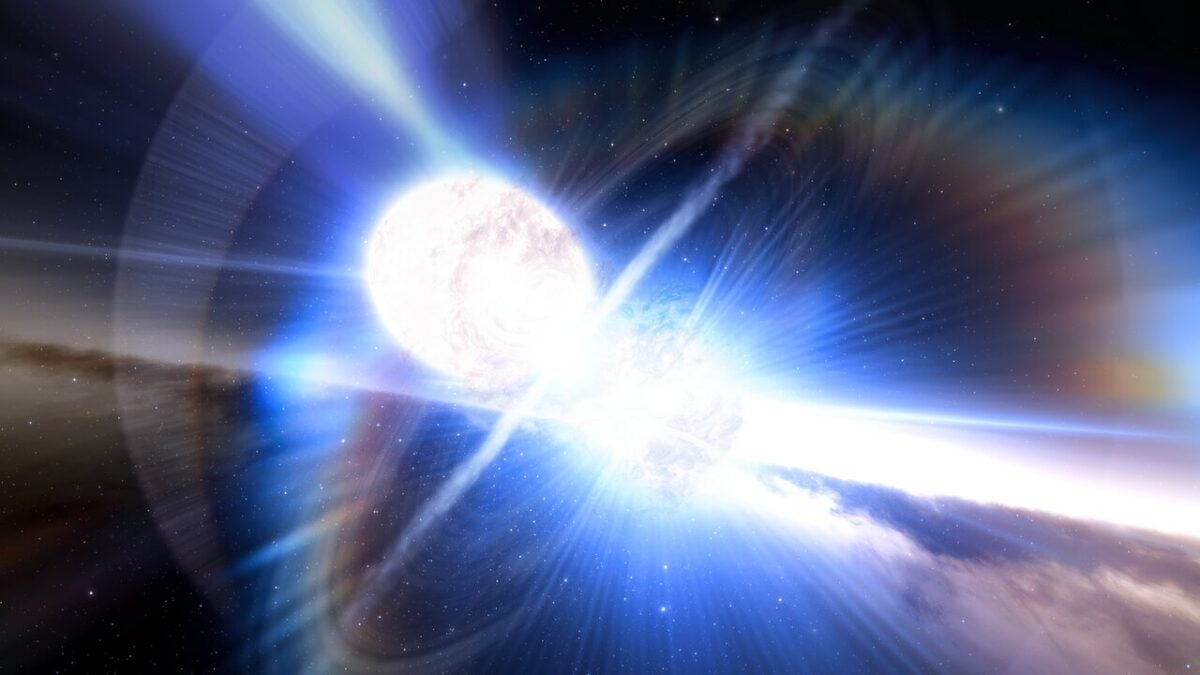
A kilonova, shown in this artist's impression, is the merger of two neutron stars. The collision releases electromagnetic radiation (light) and gravitational waves, and produces a stellar-mass black hole. Credit: NOIRLab/NSF/AURA/J. da Silva/Spaceengine
Are you interested in making astronomical discoveries and contributing to the search for black holes? If your answer is “of course”, then BlackHoleFinder is the perfect app for you.
BlackHoleFinder, available for Android and Apple devices, was launched by the Dutch Black Hole Consortium in an attempt to get the public to help astronomers find astronomical events called kilonovae. These collisions, which occur between two incredibly dense stellar remnants called neutron stars, can give rise to new black holes. But their brief light can also be difficult to spot in the sky and distinguish from other events or even from the light emitted by satellites or asteroids — and that’s where BlackHoleFinder (and you) come in.
The latest version of the app is now available in eight languages: English, Dutch, Spanish, Italian, Chinese, Polish, Bengali and German (previously the app was only available in the first two). This update was announced in Cape Town, South Africa, during the 32nd General Assembly of the International Astronomical Union.
You can find out more about BlackHoleFinder, including links to download the app for your device, at www.blackholefinder.org.
How to detect a kilonova
There are multiple types of violent events in the cosmos that can lead to the creation of new objects. An example is a kilonovaWhen two neutron stars merge, it results in a massive explosion, an extremely bright flash of light, and ultimately a new stellar-mass black hole.
Related: LIGO detects a neutron star merger
Kilonovae emit not only electromagnetic radiation (light), but also gravitational waves. The latter are the forms in which they are usually detected, using detectors such as the Laser Interferometer Gravitational-Wave Observatory (LIGO) and Virgo.
But gravitational waves don’t allow for pinpointing a kilonova’s location precisely, so astronomers try to use the optical flash of light instead. A kilonova’s flash can be seen from Earth, day or night; however, it is short-lived. Its light lasts for just a few days (a week at most), which poses a problem for astronomers who want to follow the event using telescopes that require proposals and a long wait for observing time. This is where BlackGEM comes in: it’s an array of three optical telescopes recently added to the European Southern Observatory’s La Silla Observatory in Chile. One of BlackGEM’s main advantages is that it can be quickly commanded to point at a specific area of the sky once a gravitational wave signal has been detected.
However, this raises a new problem: a large number of visible candidates that could be the kilonova. How do astronomers differentiate to determine which is the real event?
This is where citizen scientists and BlackHoleFinder come in.
It takes a village
After downloading the app, users are given BlackHoleFinder’s crash course on how to tell the difference between real and fake (or at least non-kilonova) sources in astronomical images. The app provides detailed instructions and details on what a kilonova is expected to look like: a round shape about 5 to 10 pixels wide, brighter than the background. Several example images allow the user to establish a true understanding of what a real kilonova is expected to look like compared to other transient events that might appear in images – for example, light reflecting off a satellite or asteroid.
Other possible false detections include artifacts produced through interactions between the cameras and incoming cosmic rays, or even patterns introduced through data processing. Some are fairly obvious, but others require additional attention before deciding their validity. And “even among these astronomical signals that are not due to kilonova, there are events related to black holes,” said Paul Groot of Radboud University in a paper. Press release.
Why not simply use artificial intelligence (AI) to filter out the real signals from the fake ones? Astronomers have AI algorithms that help with this, but it turns out they still need some help: “People are still much better at identifying patterns than our algorithms are,” said Steve Bloemen, BlackGEM project manager. So by getting involved in the BlackHoleFinder community and filtering out candidates, the public is not only helping to reduce the data load these scientists have to sift through, but also training AI software to improve future detection of astrophysical events.
In addition, the director of the Las Cumbres Observatory (LCO) is allowing particularly skilled BlackHoleFinder users who suspect a particular source to conduct follow-up observations with the LCO network of 0.4-meter robotic telescopes. This is just one example of how professional and amateur astronomers are working together to improve the quality of science for everyone.
The release of the updated BlackHoleFinder app will enable even more users to help astronomers save time and advance our understanding of how neutron stars merge and give rise to new black holes. New data is available in the app just 15 minutes after it is captured by BlackGEM, so you never have to worry about running out of candidates to analyze.







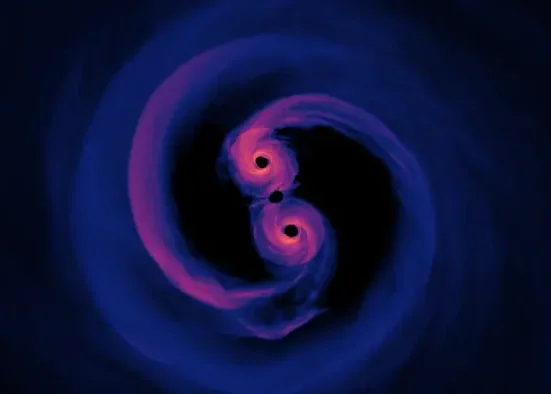

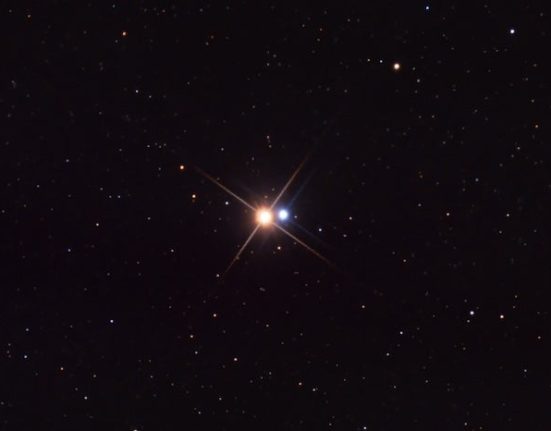
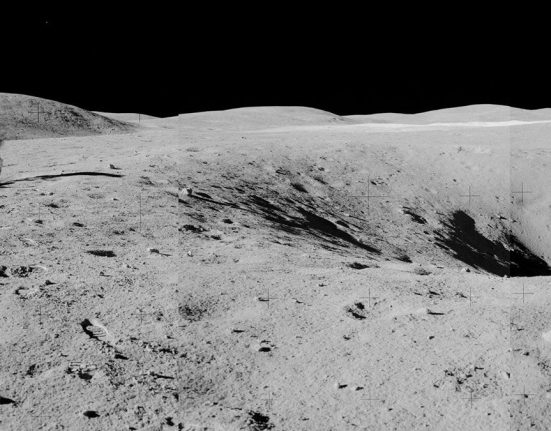
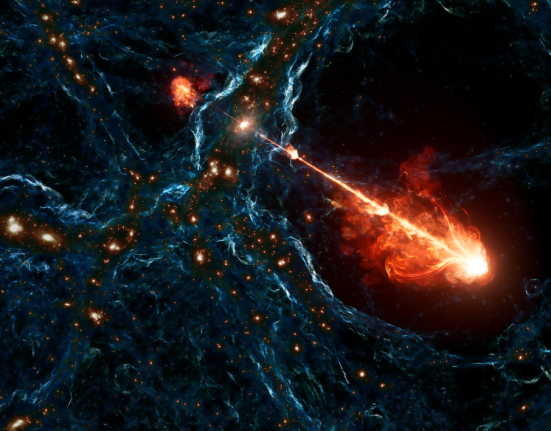
Leave feedback about this